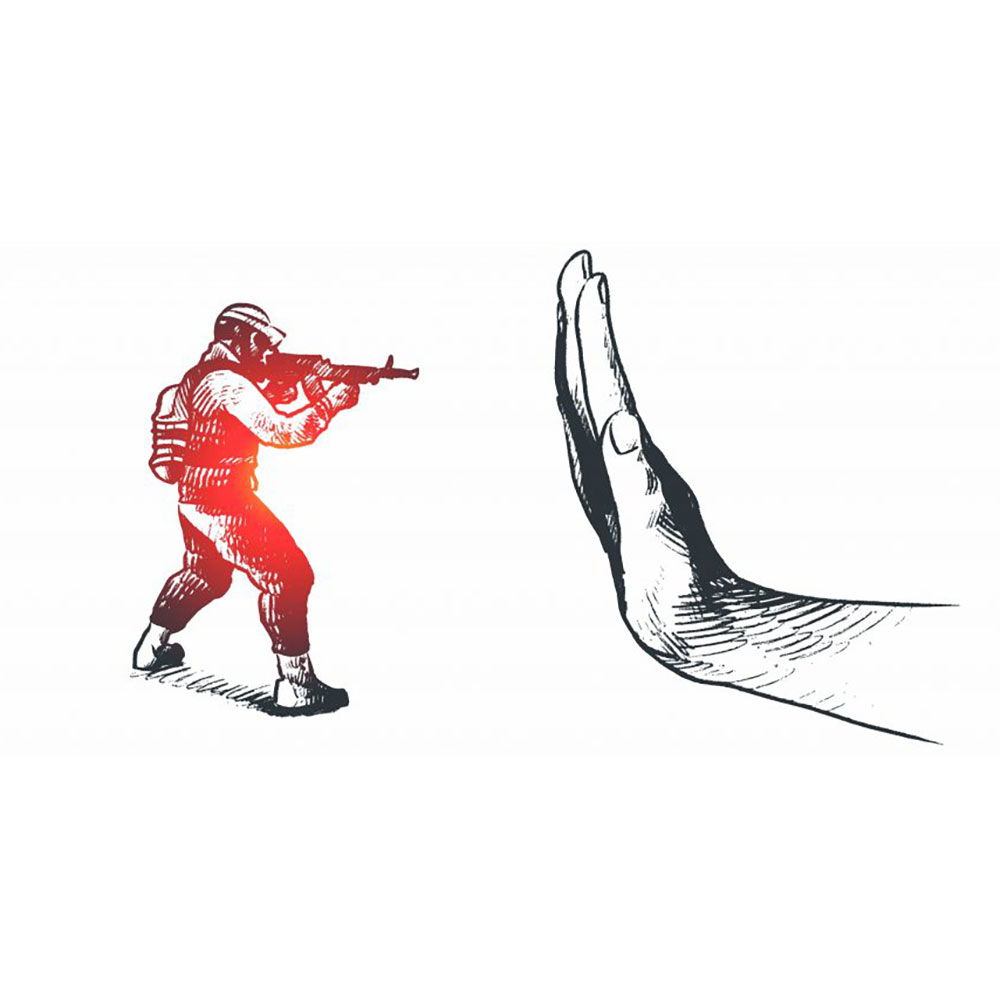What is Bulletproof Glass?
Bulletproof glass consists of multiple layers of tough glass with interlayers of various plastics. Sometimes there is a layer of polycarbonate (a type of hard plastic) or a layer of plastic film. Otherwise, it will cause the dangerous parts of the glass or plastic part to be shattered by the impact of a bullet. This sandwich layer is called laminate. It can be ten times thicker than a single ordinary glass and is often very heavy.
When a bullet hits a bulletproof glass, its energy radiates sideways through the layers. Because the energy is split between different pieces of glass and plastic and spread over a large area, it is quickly absorbed. The bullet becomes so slow that it no longer has enough energy to pierce, or if it does it will do too much damage. Although the glass panels break, the plastic sheets stop them blowing up. Think of bulletproof glass as energy absorbing glass. That way you can get a better idea of how it works.



